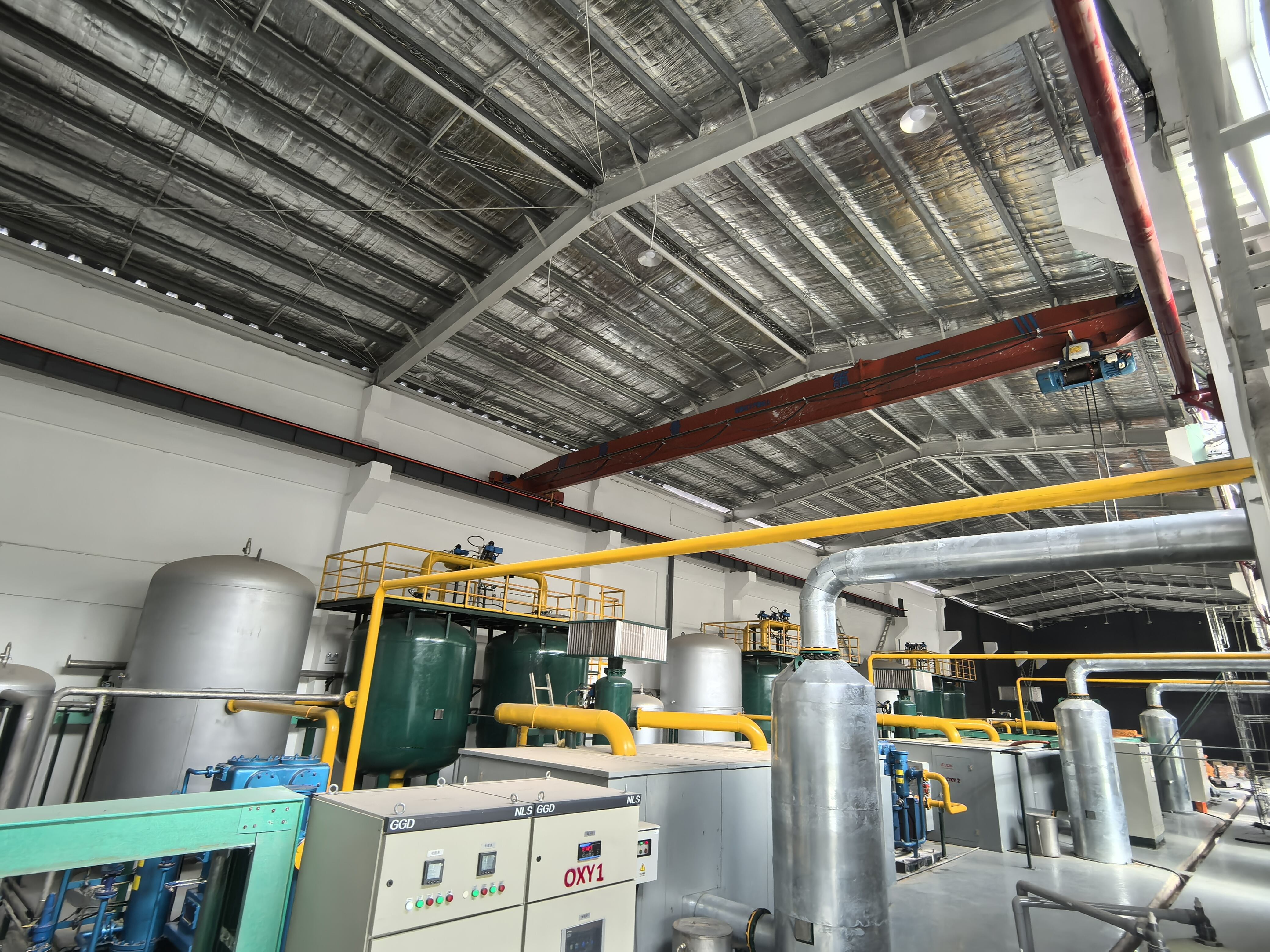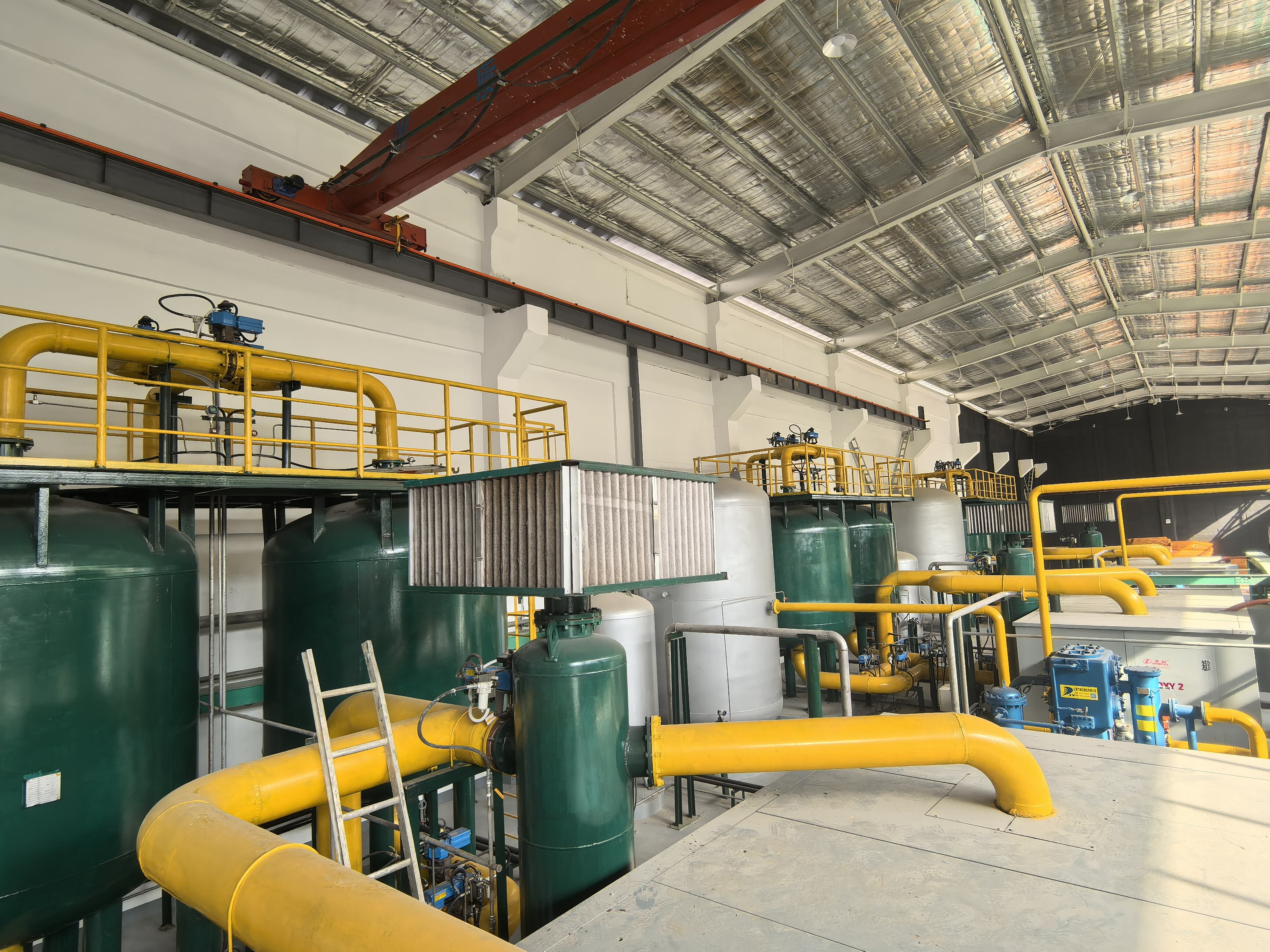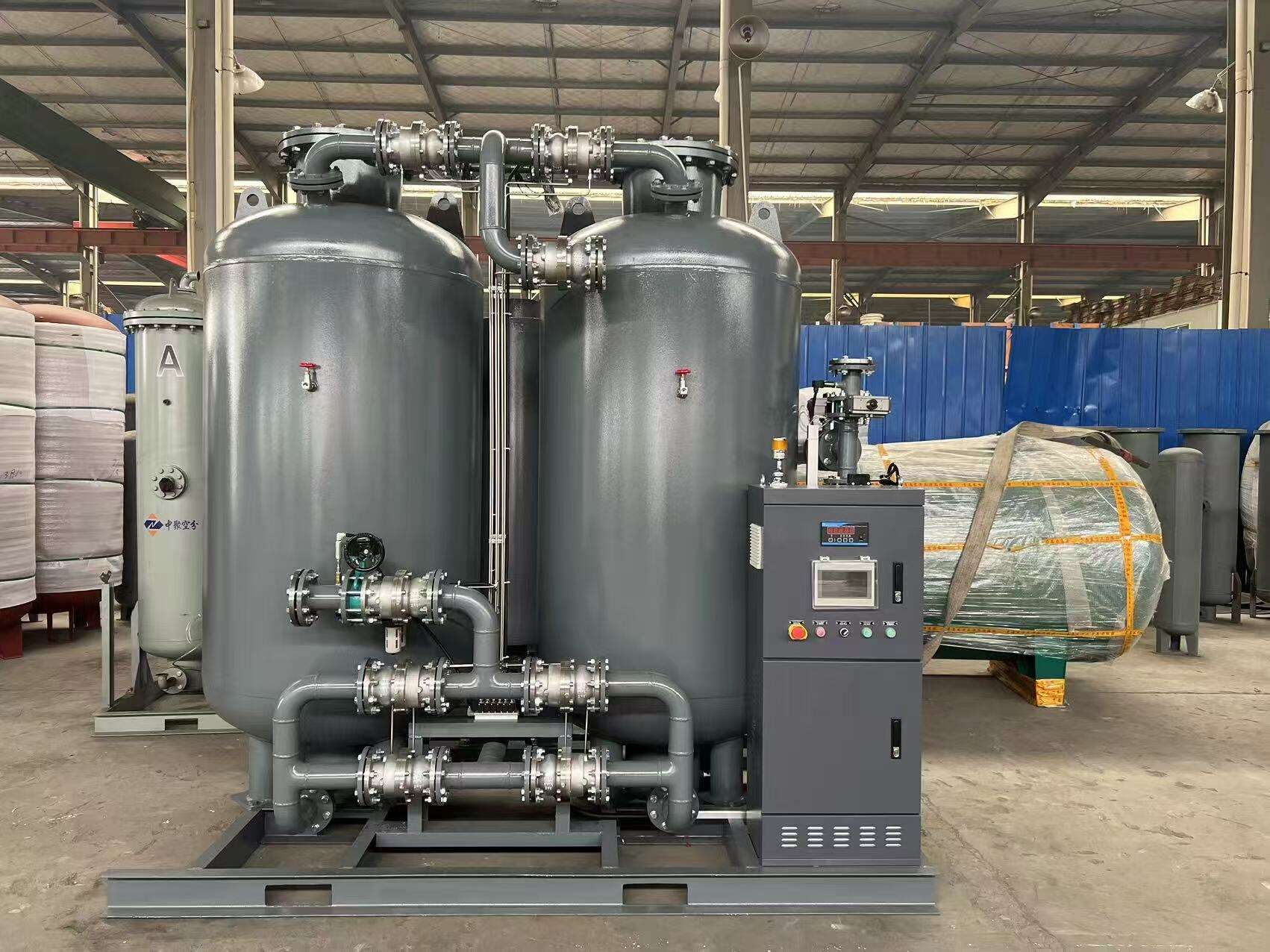വിപിഎസ് ആ പ്ലാന്റ് ഡിസൈൻ ഉണ്ടാക്കൽ
VPSA (Vacuum Pressure Swing Adsorption) പ്ലാന്റ് ഡിസൈൻ അനുവദിക്കൽ മറ്റും നിർമാണം ഗാസ് വേർതിരിപ്പ് മற്റും ശോധന ടെക്നോളജിയിലേക്ക് ഒരു അഗ്രഗതി ചെയ്യുന്ന രീതിയാണ്. ഈ പ്ലാന്റുകൾ പ്രശസ്തമായ മൊളിക്യുലർ സീവ് അഡ്സോബന്റുകളും പ്രശസ്തമായ പ്രെഷർ സൈക്കിംഗ് സിസ്റ്റങ്ങളും ഉപയോഗിച്ച് കൂടിയ സ്ട്രീമുകളിൽ നിന്നുള്ള ഗാസുകൾ വേർതിരിയ്ക്കുന്നു. അടിസ്ഥാന പ്രവർത്തനം വ്യത്യസ്ത പ്രെഷർ സ്തരങ്ങൾ ഉപയോഗിച്ച് പ്രത്യേക ഗാസ് മൊളിക്യുളുകൾ അഡ്സോബ് ചെയ്യുകയും അതിനു പിന്നെ അടയ്ക്കുകയും ചെയ്യുന്നു, ഏറ്റവും കൂടുതൽ ശോധന സ്തരം നേടുകയും അണുശക്തി സംഭവത്തിൽ കുറച്ച് ഉപയോഗിക്കുകയും ചെയ്യുന്നു. ആധുനിക VPSA പ്ലാന്റുകൾ സൈക്കിംഗ് പ്രക്രിയ അനുകൂലീകരണത്തിനായി പ്രശസ്തമായ നിയന്ത്രണ സിസ്റ്റങ്ങളും ഉൾപ്പെടുത്തിയിരിക്കുന്നു, നിരന്തരമായ ഔട്ട്പുട്ട് ഗുണനിലവാരം ഉറപ്പായിരിക്കുന്നുവെന്നും ഓപ്പറേഷൻ സ്ഥിരത നിലവാരം നിലകൊള്ളുന്നുവെന്നും ഉറപ്പാക്കുന്നു. നിർമാണ പ്രക്രിയ വാക്യൂം പാമ്പുകൾ, അഡ്സോർപ്ഷൻ വെസിൽസ്, വാൾവുകൾ, മോണിറ്റോർിംഗ് ഉപകരണങ്ങളും അടങ്ങിയ ഘടകങ്ങളുടെ ശേഷിക്കപ്പെട്ട ഐക്യം ഉൾപ്പെടുത്തുന്നു. ഈ പ്ലാന്റുകൾ സ്കേലിംഗ് എന്ന കാര്യം മനസ്സിലാക്കി ഡിസൈൻ ചെയ്തിരിക്കുന്നു, ചെറിയ സ്കേലിൽ നടപ്പാക്കുന്ന പ്രവർത്തനങ്ങളിൽ നിന്ന് വലിയ ഉദ്യോഗ പ്രയോഗങ്ങളിലേക്ക് അനുസരിച്ച് കസ്റ്റമൈസേഷൻ ചെയ്യാൻ കഴിയുന്നു. പ്രധാന പ്രയോഗങ്ങൾ മെഡിക്കൽ ഫാസിലിറ്റികളിലേക്ക് ആക്സിജൻ ഉല്പാദനം, ഫൂഡ് പാക്കേജിംഗിൽ നൈട്രജന് ഉല്പാദനം, അന്യാന്യ ഗാസ് വേർതിരിപ്പ് കൂടിയ രാസായനിക പ്രോസസ്സിംഗ് ഉദ്യോഗങ്ങളിലേക്ക് ഉൾപ്പെടുന്നു. ഡിസൈൻ പ്രക്രിയ സ്ഥിരതയെ പ്രധാനമായി കേന്ദ്രീകരിച്ചിരിക്കുന്നു, നിരന്തര പ്രവർത്തനത്തിനായി രിഡണ്ടന്റ് സിസ്റ്റങ്ങളും ഫെയിൽ-സേഫുകളും ഉൾപ്പെടുത്തിയിരിക്കുന്നു. പ്രശസ്തമായ മെറിയലുകളും നിയമന നിർമാണവും നീണ്ട സേവന ജീവിതകാലം നേടുകയും കുറച്ച് സംരക്ഷണ ആവശ്യങ്ങൾ ഉണ്ടാക്കുകയും ചെയ്യുന്നു, അണുശക്തി സംഭവത്തിനെ അനുകൂലീകരിക്കുന്ന നിരവധി ഹീറ്റ് മാനേജ്മെന്റ് സിസ്റ്റങ്ങളും ഉൾപ്പെടുത്തിയിരിക്കുന്നു.


